Author: Steve Thanos
In the 17th and 18th centuries, Belgian Witbier dominated the beer scene throughout many European cities, though with the World Wars and the emergence of lager, its popularity waned and the style nearly disappeared. Inspired by his love of the complex spice and fruit character in Witbier, Pierre Celis revived the style in 1965, and it has since gained worldwide acceptance.
A unique ingredient used in the making of Witbier is coriander, which is known to contribute a pleasant citrus character when the crushed seeds are added to boiling wort. Like many things, not all coriander is the same. The light brown European coriander is said to contribute a warm spicy profile while the yellow Indian coriander adds a nuttier note to beer. Brewers have tended to rely on European coriander for their Witbier, as it pairs well with the citrus zest and Belgian yeast character.
I fairly recently learned that there were different types of coriander out there and discovered some claim the Indian variety lends a stronger citrus note to Witbier. Curious to try it out for myself, I picked up both types of coriander and put it to the test!
| PURPOSE |
To evaluate the differences between a Belgian Witbier made with either European or Indian coriander.
| METHODS |
Belgian Witbier is a style known for being made with coriander, hence I picked it for this xBmt and designed a simple recipe that also included a dose of orange zest.
Hand-Off
Recipe Details
| Batch Size | Boil Time | IBU | SRM | Est. OG | Est. FG | ABV |
|---|---|---|---|---|---|---|
| 5 gal | 60 min | 11.7 | 3.5 SRM | 1.046 | 1.006 | 5.25 % |
| Actuals | 1.046 | 1.006 | 5.25 % | |||
Fermentables
| Name | Amount | % |
|---|---|---|
| Pilsner | 4 lbs | 45.71 |
| Wheat Malt | 4 lbs | 45.71 |
| Munich | 8 oz | 5.71 |
| Flaked Torrefied Oats | 4 oz | 2.86 |
Hops
| Name | Amount | Time | Use | Form | Alpha % |
|---|---|---|---|---|---|
| Magnum | 7 g | 60 min | Boil | Pellet | 12 |
Miscs
| Name | Amount | Time | Use | Type |
|---|---|---|---|---|
| Coriander Seed (European OR Indian) | 28 g | 10 min | Boil | Spice |
| Orange Zest | 43 g | 10 min | Boil | Other |
Yeast
| Name | Lab | Attenuation | Temperature |
|---|---|---|---|
| Whiteout (B44) | Imperial Yeast | 76% | 32°F - 32°F |
Notes
| Water Profile: Ca 40 | Mg 13 | Na 9 | SO4 10 | Cl 14 |
Download
| Download this recipe's BeerXML file |
I started my brew day by adding identical volumes of RO water to separate BrewZilla units then setting the controller to heat it up.
After adding the same amount of minerals to each kettle, I milled the grains into separate buckets.
Once the water for each batch was adequately heated, I incorporated the grains then checked to make sure both were at the same target mash temperature.
While the mashes were resting, I prepared the kettle hop additions.
Next, I prepared the different corianders by toasting them for a few minutes.
Once each 60 minute mash was complete, I sparged to collect the same pre-boil volume then brought the worts to a boil. After 50 minutes, I added the corianders to each batch of wort along with the fresh orange zest.
When the boils were finished, I chilled the worts then took refractometer readings showing both achieved the same target OG
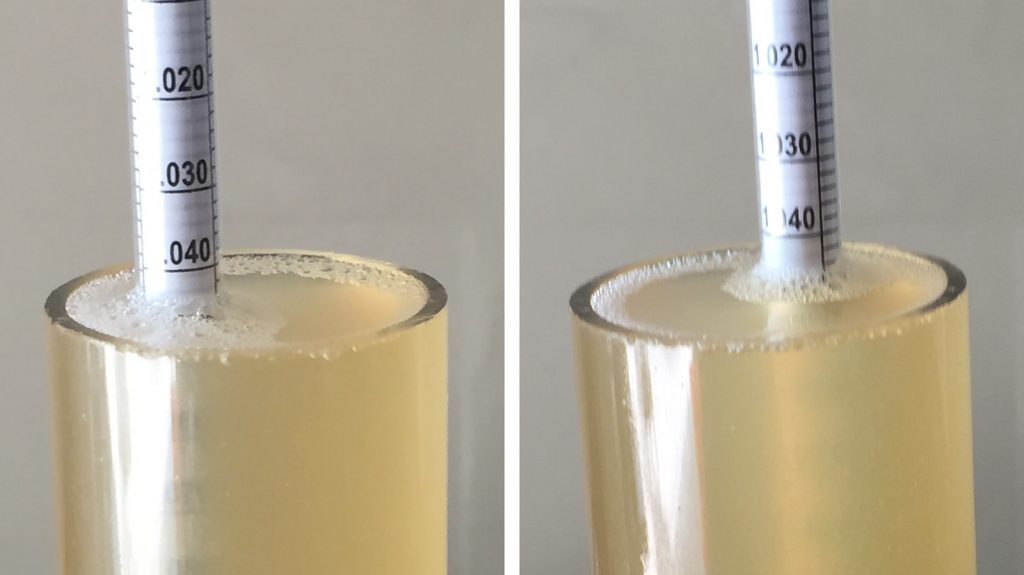
The filled carboys were placed in my chamber and left to finish chilling to my desired fermentation temperature of 66°F/19°C for a few hours before I pitched a pouch of Imperial Yeast B44 Whiteout into each.
After a week, I raised the temperature in the chamber to 70°F/21°C and let the beers sit for an additional week before taking hydrometer measurements showing they were at the same FG.
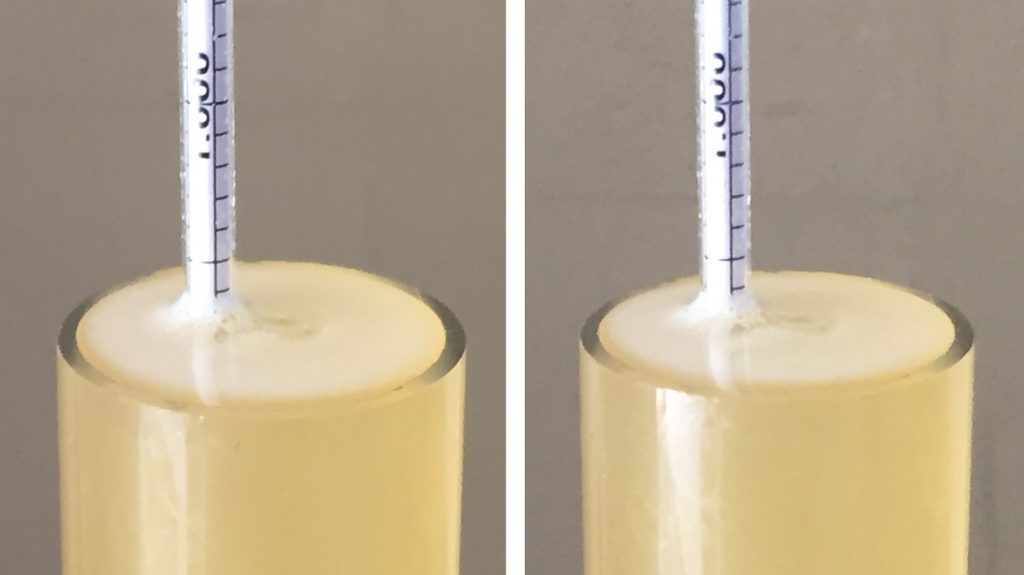
At this point, I pressure transferred the beers to CO2 purged kegs that were placed in my keezer and left on gas for a week before they were ready to serve to tasters.
| RESULTS |
A total of 21 people of varying levels of experience participated in this xBmt. Each participant was served 2 samples of the beer made with European coriander and 1 sample of the beer made without Indian coriander in different colored opaque cups then asked to identify the unique sample. While 12 tasters (p<0.05) would have had to accurately identify the unique sample in order to reach statistical significance, only 9 did (p=0.24), indicating participants in this xBmt were unable to reliably distinguish a Belgian Witbier made with European coriander from one made with Indian coriander.
My Impressions: Out of the 5 semi-blind triangle tests I attempted, I correctly identified the odd-beer-out 4 times. While these beers were far more similar than they were different, I felt the one made with Indian coriander was slightly more pronounced and complex, which I preferred to the subtler character of the European coriander batch.
| DISCUSSION |
Coriander is one of the oldest spices on record, dating as far back as 5000 B.C., and there’s evidence of its use by European brewers in the Middle Ages. These days, Belgian Witbier is the style most known for including coriander, which when combined with citrus zest and Belgian yeast character, creates a complex blend of fruit and spice that many find highly desirable. While brewers have tended to use European coriander, some claim the Indian variety contributes unique characteristics to beer, though the fact tasters in this xBmt were unable to reliably distinguish Witbiers made with either type of coriander suggests each contribute similar characteristics to beer.
Like most Witbier, this recipe included a dose of orange zest and was fermented with a characterful Belgian yeast, both contributing characteristics that might be presumed to cover up other subtleties. It’s possible this explains tasters’ inability to tell apart the version made with European coriander from the one made with Indian coriander.
Overall, I was quite pleased with both of these beers and felt they were nearly identical, though I was able to tell them apart with decent consistency. I perceived both beers as having the same general aroma and flavor, but the one made with Indian coriander was just a bit more complex. While I certainly enjoyed the European coriander batch, I had a slight preference for the more pronounced character of the Indian coriander and plan to use it in future batches of Witbier.
If you have any thoughts about this xBmt, please do not hesitate to share in the comments section below!
Support Brülosophy In Style!
All designs are available in various colors and sizes on Amazon!
Follow Brülosophy on:
FACEBOOK | TWITTER | INSTAGRAM
If you enjoy this stuff and feel compelled to support Brulosophy.com, please check out the Support page for details on how you can very easily do so. Thanks!


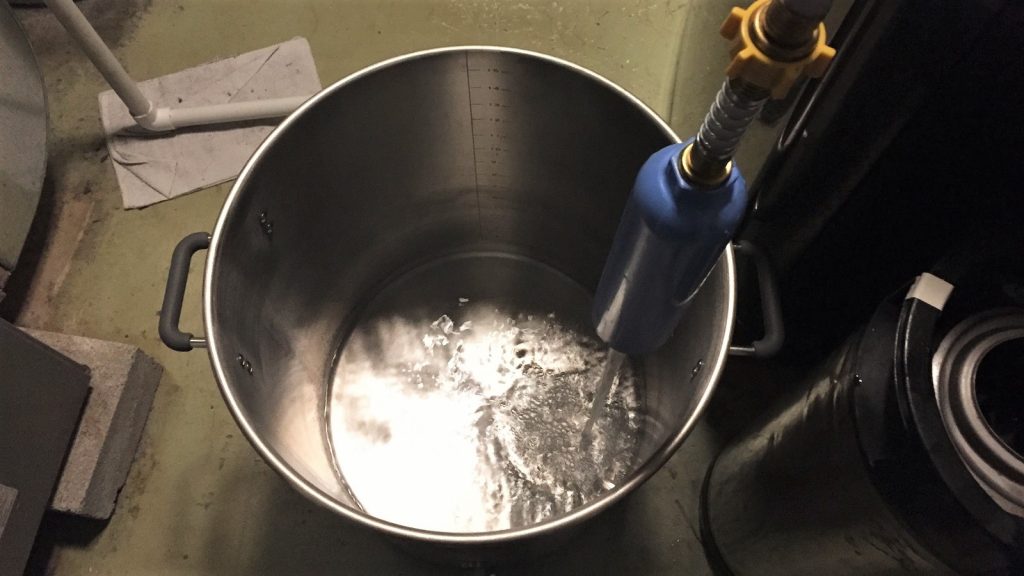
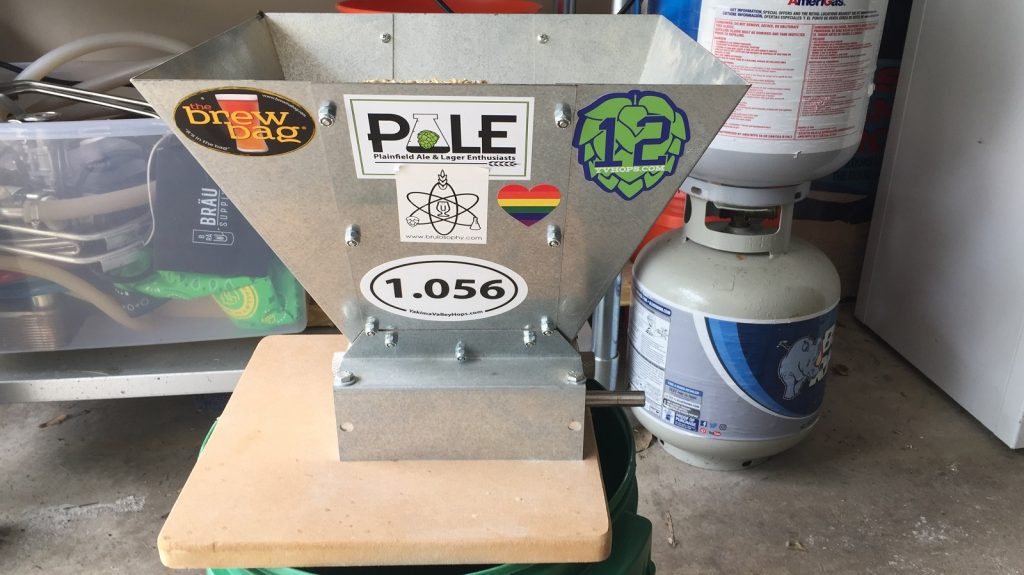
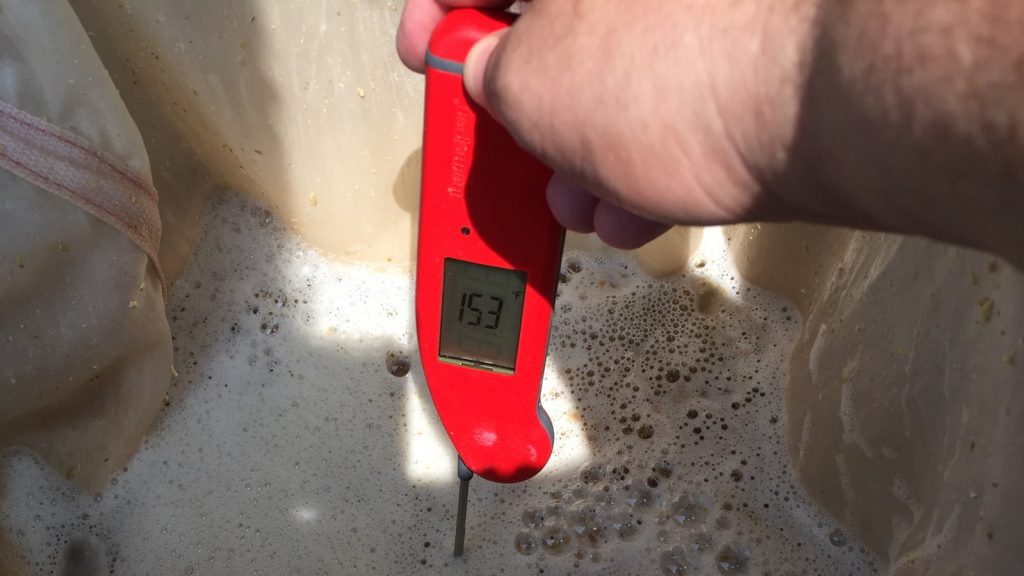
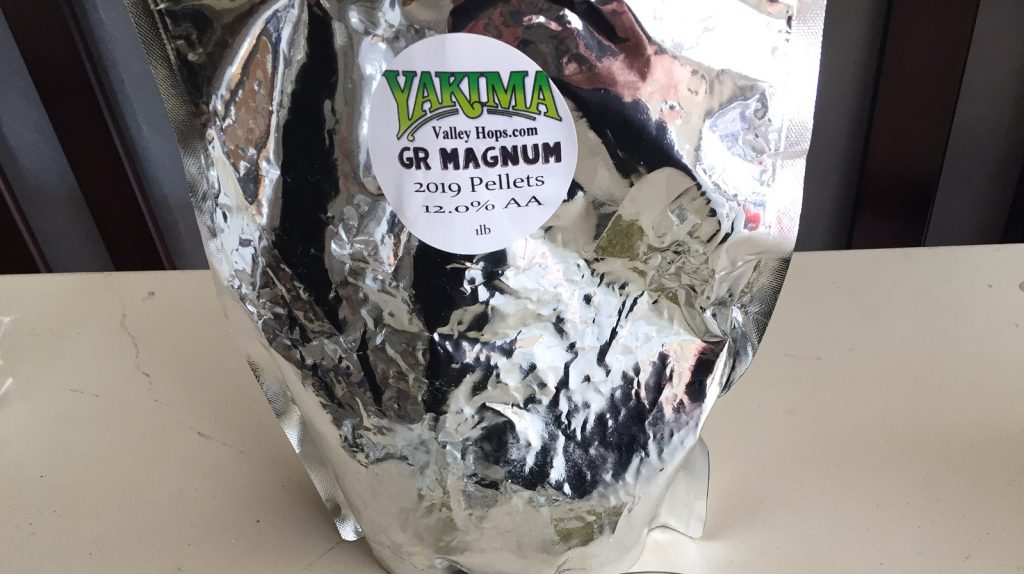
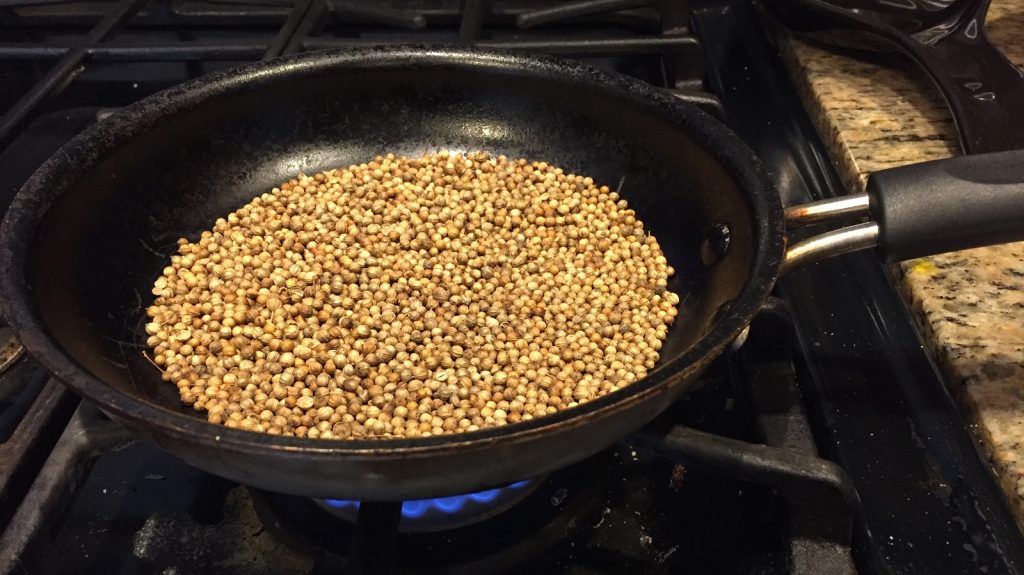
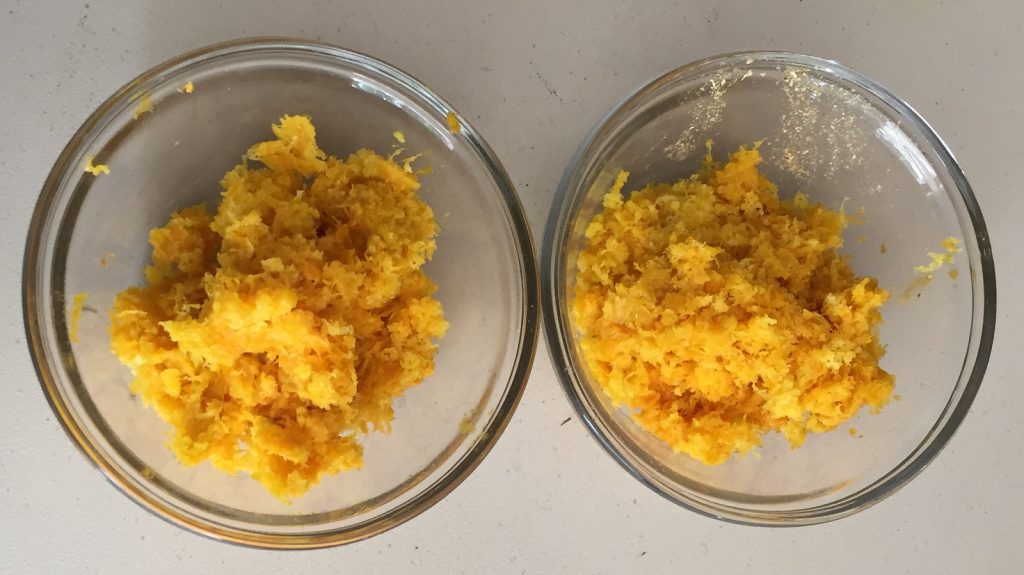
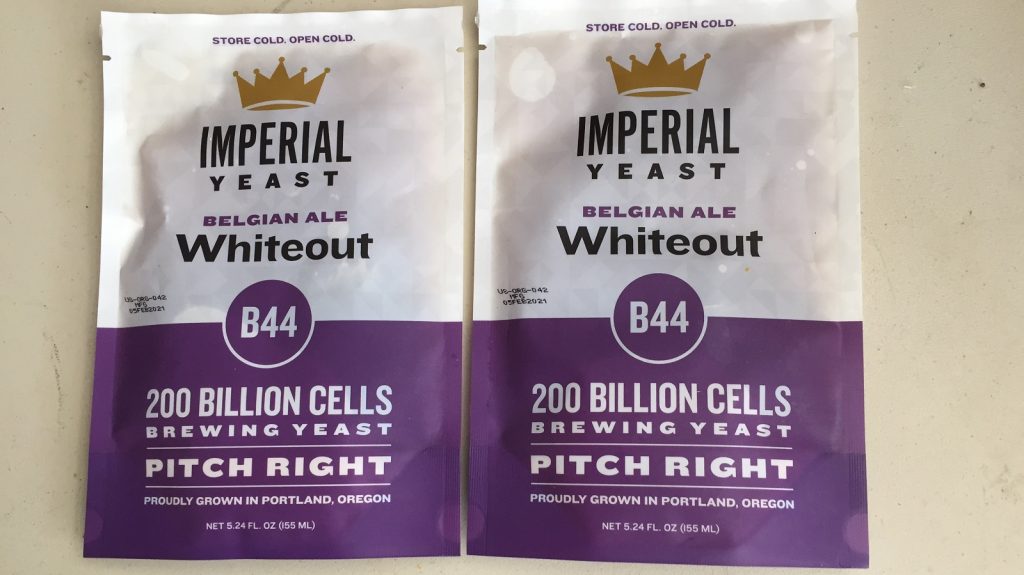
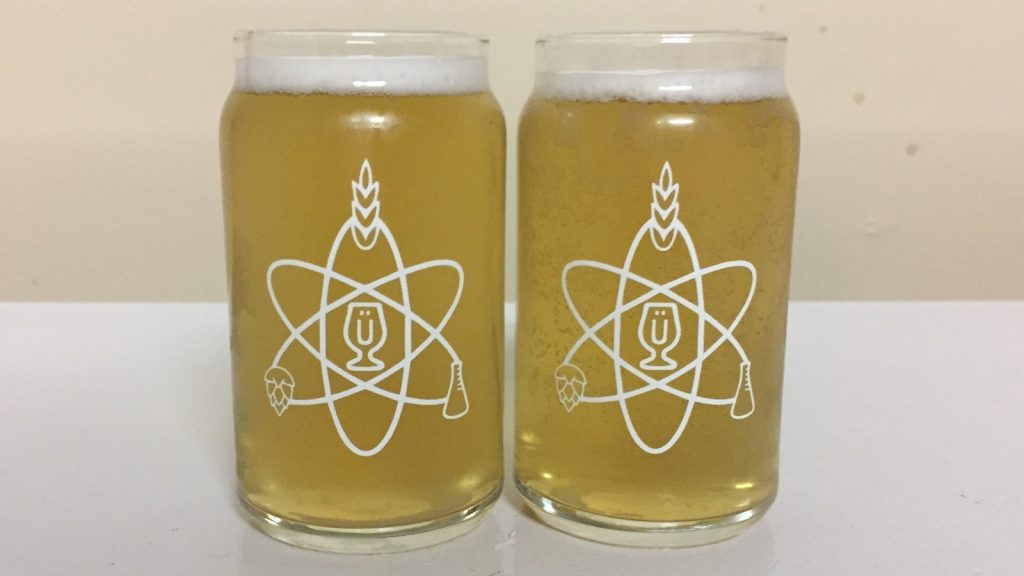











7 thoughts on “exBEERiment | European vs. Indian Coriander In A Belgian Witbier”
Thanks again
Always doing to much for us beerlovers
I only want to ask if Mr.Thanos the brewer is from Greece as i to make contact
Cheers
Hey Pando,
Thanks for reading. I am not living in Greece, actually residing in the great Chicago area. Feel free to e-mail me at steve@beerconnoisseur.local.
greek brewers are reding this blog though! 🙂
Hi. Thanks for this test. There are several types of coriander (split, whole, confetti) each with a subtle difference. You may find that European growers are using Indian genetics or vice versa. What makes far more difference is the freshness of the seed. Immature green seed has a far more intense aroma than any type of dry seed. Dry seed ends up tasting of dust, wherever it is grown – so if you can get your hands on fresh or green seed – give it a go ( I haven’t yet tried it in beer )
Use the coriander seed that is the football shaped variety. It has an orange aroma and flavour, Too much of the round coriander seed variety will give your beer a seasoned ham or hotdog taste.
Thanks for testing this. It’s easier for me to buy bulk Indian coriander, so at least I know it doesn’t hurt.
How many oranges yielded that amount of zest?
I’m knocking up another Wit tomorrow morning so this is timely. Been using European seed by the looks of things (light in colour)